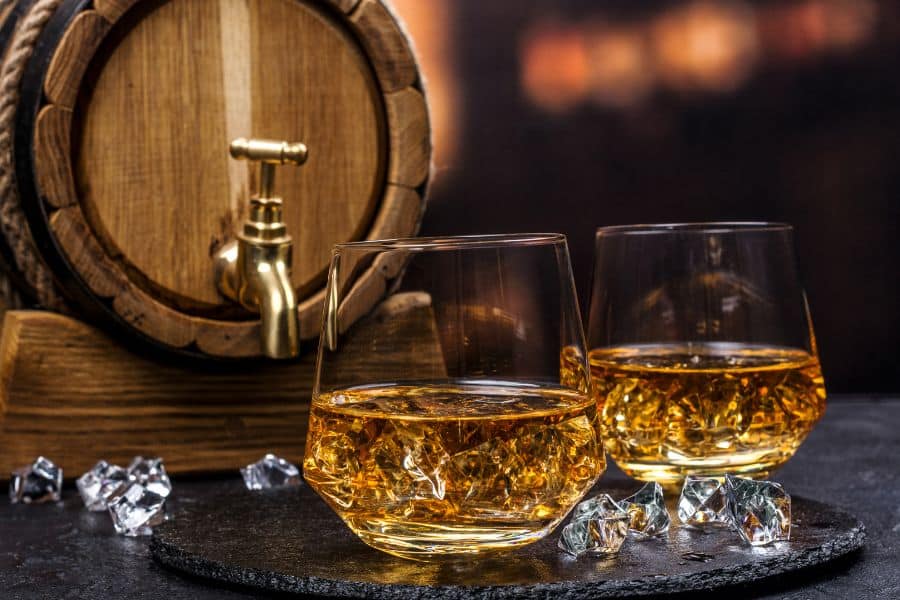When it comes to distilled spirits, few are as revered and cherished as whiskey and bourbon. These two libations have captured the hearts and palates of enthusiasts around the world for generations. While they share similarities, there are distinct differences that set them apart. Join us on a journey through the world of whiskey and bourbon as we explore what makes each of them unique.
Whiskey: The Grandfather of Spirits
Whiskey, often referred to as “the water of life,” has a rich history that dates back centuries. Its origins can be traced to Ireland and Scotland, where it was first distilled by monks. Today, whiskey is produced in various countries, each with its own unique style and flavor profile.
Here are some key characteristics of whiskey:
1. Ingredients: Whiskey is typically made from fermented grain mash, which can include barley, corn, rye, and wheat. The choice of grains and the production process contribute to its distinct flavor.
2. Aging: Whiskey must be aged in wooden barrels, usually oak, for a minimum of three years. The aging process allows the spirit to interact with the wood, imparting flavors and mellowing harshness.
3. Geographic Variations: Whiskey comes in many forms, depending on where it’s produced. Scotch whisky, for example, hails from Scotland and often has a smoky, peaty flavor, while Irish whiskey is known for its smoothness and light, fruity notes.
Bourbon: America’s Native Spirit
Bourbon, on the other hand, is a quintessentially American spirit, often referred to as “America’s native spirit.” It has its own set of rules and regulations that distinguish it from other whiskeys.
Here are some key characteristics of bourbon:
1. Ingredients: Bourbon must be made in the United States and primarily consists of at least 51% corn in its grain mash. This high corn content gives bourbon its signature sweetness.
2. Aging: Like whiskey, bourbon must be aged in new charred oak barrels. However, there is no specific aging requirement, although many bourbons are aged for several years.
3. Flavor Profile: Bourbon is known for its rich, sweet flavor profile, often featuring notes of caramel, vanilla, and oak. The corn content contributes to its sweetness, while the aging process adds complexity.
The Legal Distinction
One of the most significant differences between whiskey and bourbon is a legal one. Bourbon is a specific type of whiskey, and to be labeled as such, it must adhere to strict regulations established by the U.S. government. These regulations ensure that bourbon maintains its distinct identity.
To be labeled as bourbon, a whiskey must meet the following criteria:
- It must be produced in the United States.
- It must be made from a grain mixture that is at least 51% corn.
- It must be distilled to no more than 160 proof (80% alcohol by volume).
- It must enter the barrel for aging at no more than 125 proof (62.5% alcohol by volume).
- It must be aged in new, charred oak barrels.
- It must be bottled at a minimum of 80 proof (40% alcohol by volume).
In summary, while all bourbons are whiskey, not all whiskeys are bourbon. The distinction lies in the ingredients, production process, and geographic origin. Both whiskey and bourbon have their own unique characteristics and flavor profiles, making them beloved spirits in their own right.
Whether you’re sipping on a smoky Scotch whisky or enjoying the sweetness of a fine bourbon, the world of distilled spirits offers a wide array of options to explore. So, the next time you raise your glass, take a moment to appreciate the intricate differences that make each sip a unique and memorable experience. Cheers to the world of whiskey and bourbon!
For more information about becoming a whiskey expert check out our tasting guide!



